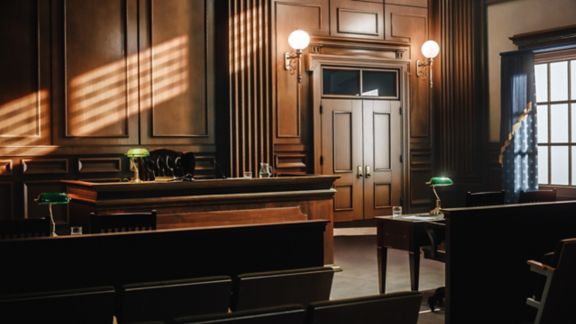Census of Tribal Law Enforcement Agencies

Challenge
Importance of data on tribal law enforcement agencies.
American Indian and Alaska Native communities have had both formal and informal law enforcement to protect their people for hundreds of years—from traditional justice systems to more Western-style ones. Safety and security have always been a priority for tribes. Yet those living on tribal lands experience high crime rates and evolving legal protections due to changes in state and federal laws, jurisdictional complexities, and law enforcement services. The Tribal Law and Order Act of 2010 (TLOA; P.L. 111-211, 124 Stat. 2258 § 251(b)) requires that the Bureau of Justice Statistics establish and implement a tribal crime data-collection system. The Act specifies data collection and analysis of crimes committed on federally recognized reservations, in tribal communities, and on identified trust lands.
The Census of Tribal Law Enforcement Agencies (CTLEA) seeks to fulfill the requirements of TLOA and to provide needed data to those living and working on tribal lands.
Solution
Outreach and stakeholder engagement with tribal law enforcement agencies.
In collaboration with our partners, the International Association of Chiefs of Police (IACP), the IACP Indian Country Law Enforcement Section, the National American Indian Court Judges Association (NAICJA), and the Tribal Law and Policy Institute (TLPI), BJS and NORC will work with tribes and collaborative partners to develop questions which address data gaps in resources and enforcement. This will be done by:
- Communicating with and seeking feedback from Tribal leadership.
- Hosting webinars with tribal leadership, tribal law enforcement, tribal court systems, and federal partners.
- Presentations and information gathering at tribal, academic, and partner conferences and meetings.
- Holding a two-day in-person Tribal Justice Panel (TJP) meeting to solicit input from representatives of tribal law enforcement agency leaders from across the country
Through these outreach efforts, we will compile a bank of possible survey questions. Working closely with the TJP, the final CTLEA survey questions will be developed.
Result
CTLEA survey development and administration.
Using feedback from these venues, the CTLEA surveys will collect information from tribal law enforcement, Village Public Safety Officers in Alaska, and law enforcement agencies operated by the BIA. The surveys will be designed to capture unique attributes of tribal criminal justice agencies, including information on staffing and recruitment and retention, budgets and sources of funding, calls for service and arrests, equipment, services and support provided, and interactions with federal, state, regional, and local agencies.
Data collection for the CTLEA will primarily be collected by web. Data collected for the 2024 CTLEA will build upon the 2019 CTLEA work and provide needed data to tribes and federal, state, and local agencies. Data will be archived to the National Archive of Criminal Justice Data and BJS will release a report with the findings. For detailed information about the 2024 CTLEA development and data collection activities, please see the materials below.








